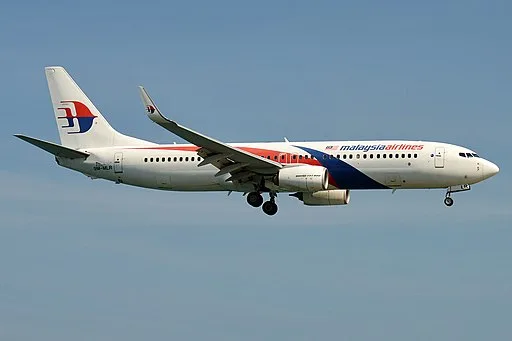Fisherman claims MH370 found – Will the mystery finally be unraveled?
In a surprising turn of events, a retired fisherman, Kit Olver, has come forward with a potentially groundbreaking revelation that could bring closure to the baffling mystery of Malaysian Airlines flight MH370. The ill-fated flight, which disappeared almost ten years ago en route from Kuala Lumpur to Beijing, carried 227 passengers and 12 crew members, making it one of the most puzzling aviation mysteries of our time.
Embed from Getty ImagesFisherman’s Crucial Discovery
Kit Olver claims that six months after the flight’s disappearance, while trawling off the south-east coast of South Australia in the Southern Ocean, his net snagged on a large object. Olver, who once held a pilot’s license, asserts that he felt the unmistakable shape of a jet’s wing. Despite attempts to inform authorities back in 2014, Olver’s discovery was dismissed as a likely shipping container. However, he remains confident that what he found was a crucial piece of MH370.
Eyewitness Corroboration
George Currie, a member of the trawler Vivienne Jane’s crew, supports Olver’s claim, stating, “As soon as I saw it, I knew what it was. It was obviously a wing, or a big part of it, from a commercial plane.” The fishermen’s attempt to share their findings with authorities was met with skepticism at the time, but their persistence has reignited hope in solving the MH370 mystery.
Barnacle Study Offers New Clues
Meanwhile, academics in Florida are pursuing a novel approach to uncovering the truth. Barnacle growth on debris recovered from the Indian Ocean may hold the key to tracking MH370’s movements. By analyzing temperature data from barnacles found on the plane’s debris, researchers aim to recreate the sea temperature conditions when the barnacles attached themselves to MH370. Gregory Herbert, an associate professor of evolutionary biology, believes this method could provide critical clues about the crash location.
Experts Weigh In
The team conducted experiments in a lab, growing barnacles at different constant temperatures to analyze their shell layers. The results showed predictability, allowing scientists to understand the sea temperature when barnacles grew on MH370 debris. With the assistance of experts at the University of Galway in Ireland, a simulation was created to trace the drift of the aircraft’s debris.
As these developments unfold, the world watches with bated breath, hoping that the combined efforts of eyewitness accounts and innovative scientific studies will finally unveil the truth behind the disappearance of MH370. Could Kit Olver’s revelation be the missing link in solving one of aviation’s greatest mysteries? Only time will tell.
